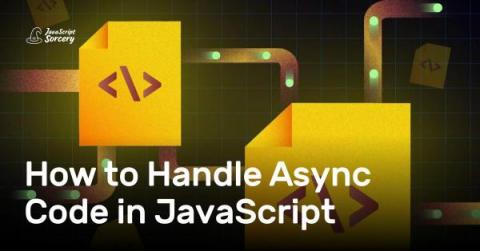Optimize Your AWS Lambdas with TypeScript
Last time in this series, we looked at improving the developer experience. As your Lambda function gains more features and dependencies, you may notice that the bundle size begins to grow exponentially. This can negatively affect deployments and cold starts. A bigger bundle means deployments take longer to upload to the AWS cloud. The JavaScript engine has more work to do before it can execute the Lambda function. In this take, we will focus on optimizing our Lambda function.












